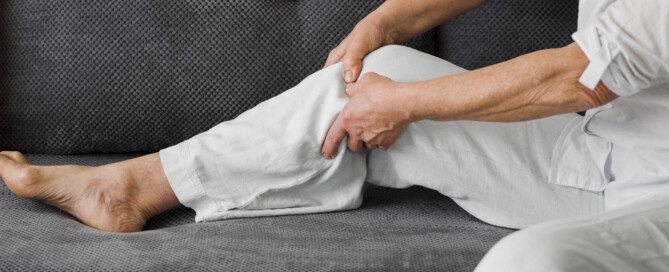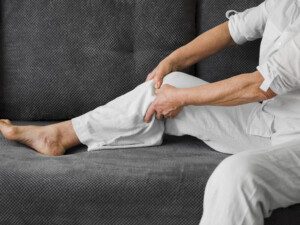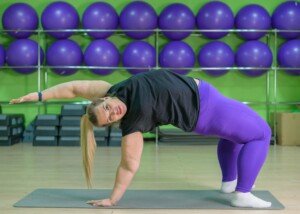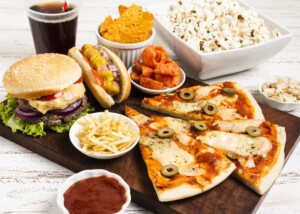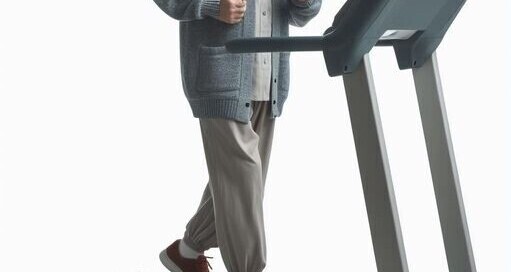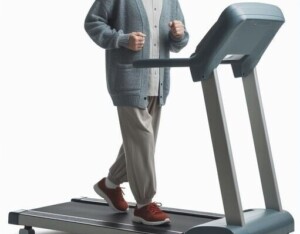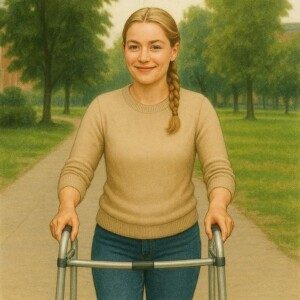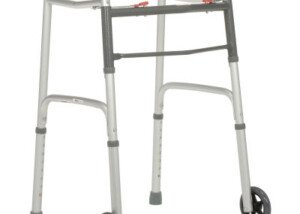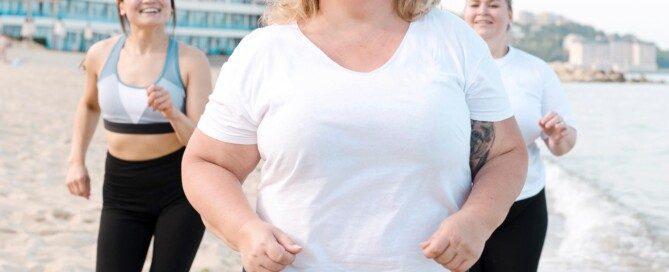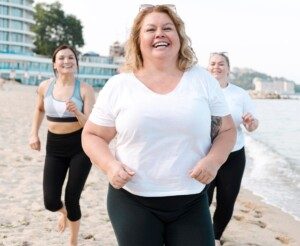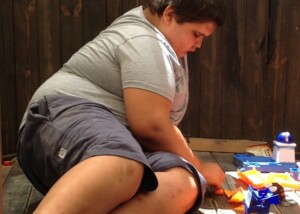Can We Have a GLP-1 Drug in Easy Pill Form?
Must GLP-1 drugs be taken in painful injections or has a pill finally arrived that you can easily take by mouth? One is actually here.
Knee Pain from Osteoarthritis? Cardio Exercise Beats Inactivity
It may seem intuitive to resign to a sedentary life if your knees hurt from osteoarthritis, but the best thing you can do is GET MOVING via aerobic exercise.
Listen to Your Doctor, Not Fat Acceptance, for Weight Loss

Confused by the TikTok and Instagram talk by women of all sizes shaming overweight women who want to lose weight? It’s time to listen to your doctor.
Should Influencers Discourage GLP-1s or Is This Harmful?
We need to stop the trend of influencers begging people not to use a GLP-1. Such influencers are spreading medical misinformation and harmful rhetoric.
Walking’s Effect on the Development of Alzheimer’s Disease
A study suggests that even modest physical activity — like adding a few thousand steps to your day — could make a real difference in how quickly Alzheimer’s disease develops.
Will Using Walker for Dizziness Eventually Impair Mobility?
If a young able-bodied adult uses a walker out of fear of falling from dizzy spells, will this over time compromise her mobility and joint integrity?
If Eye Contact Is So Important, How Do Blind People Get By?







